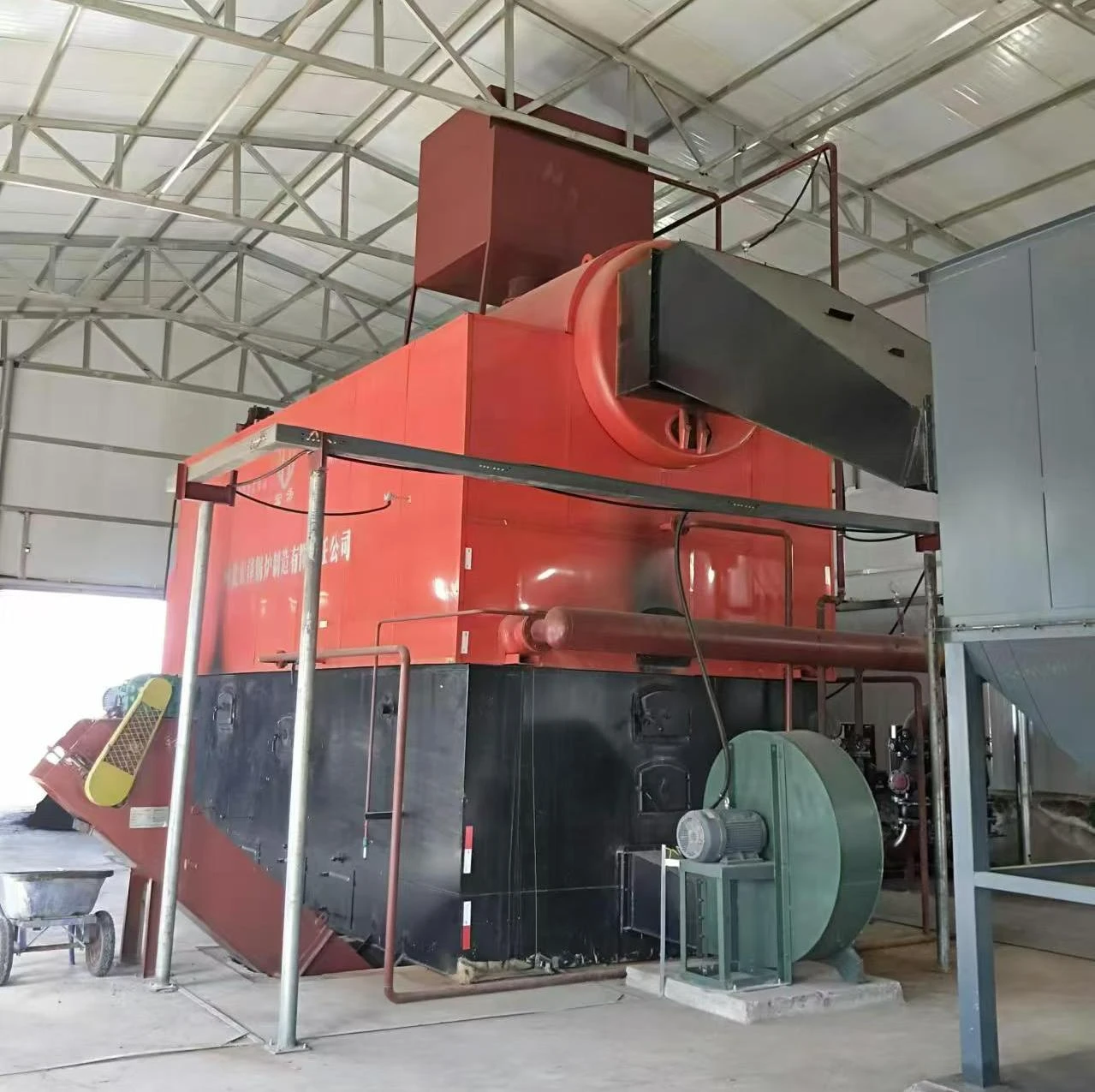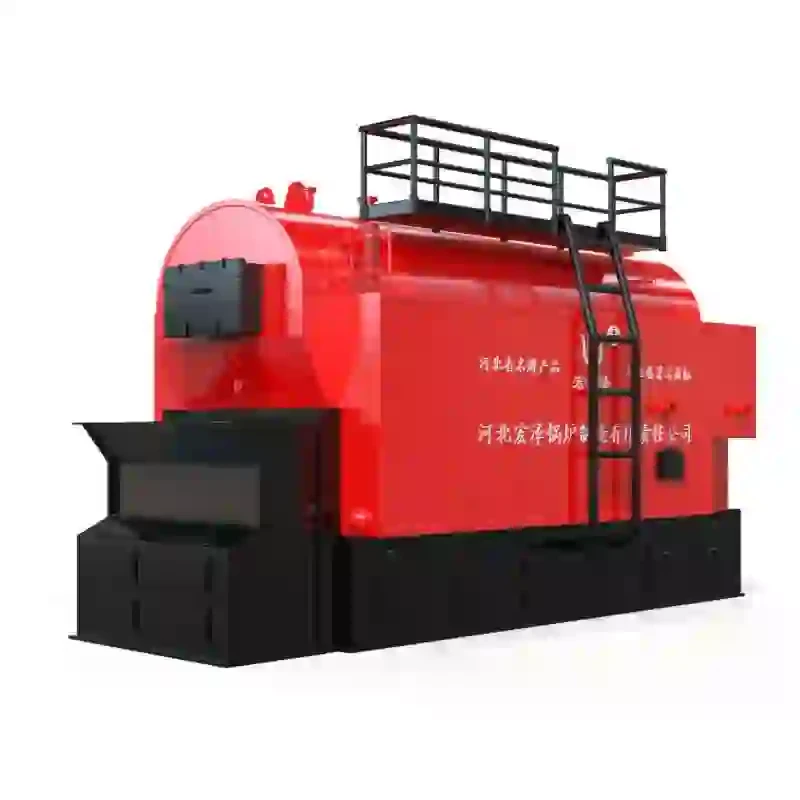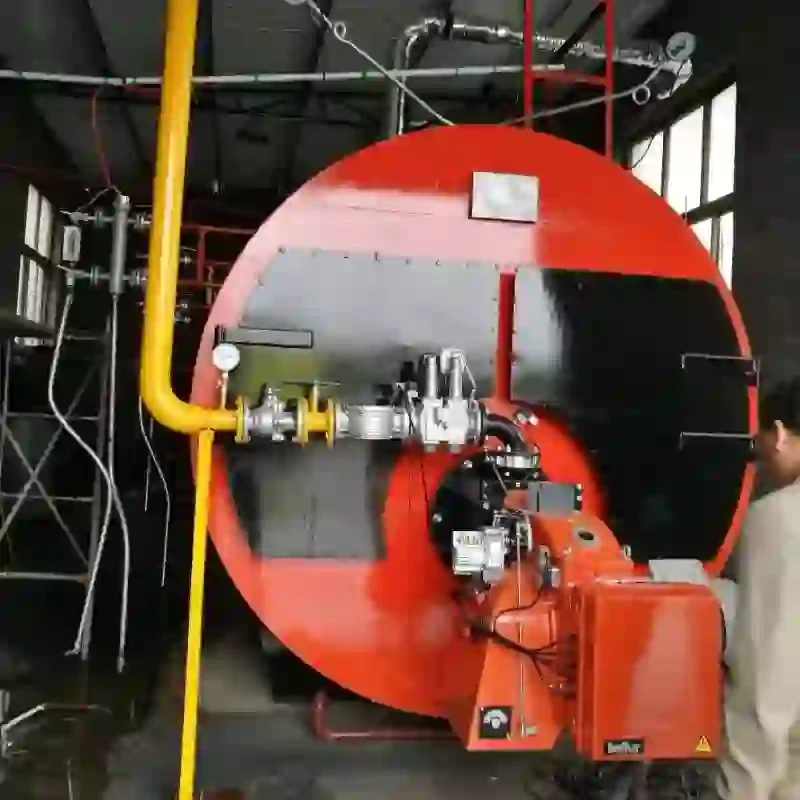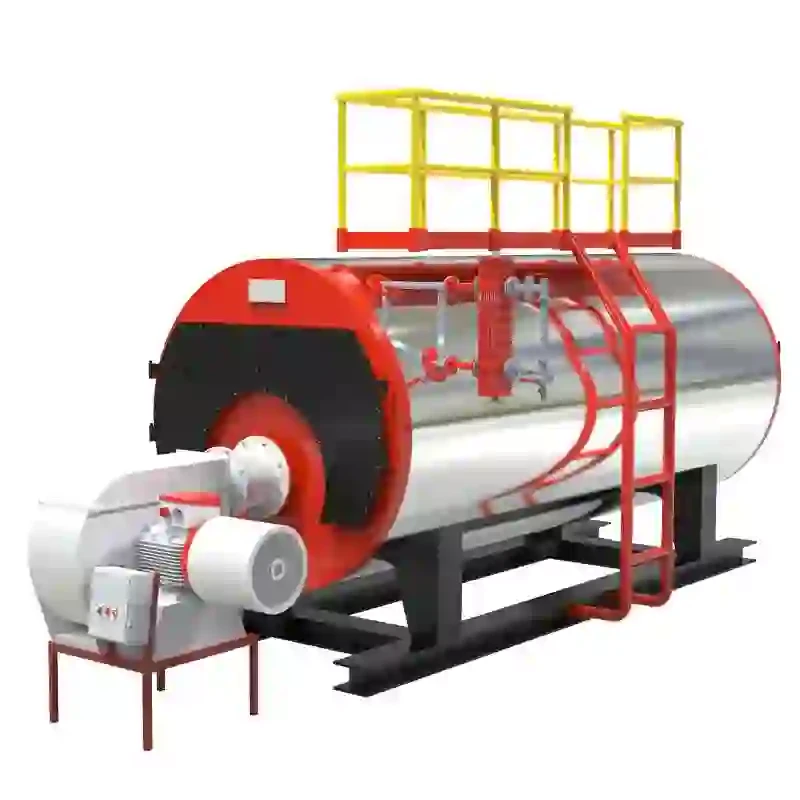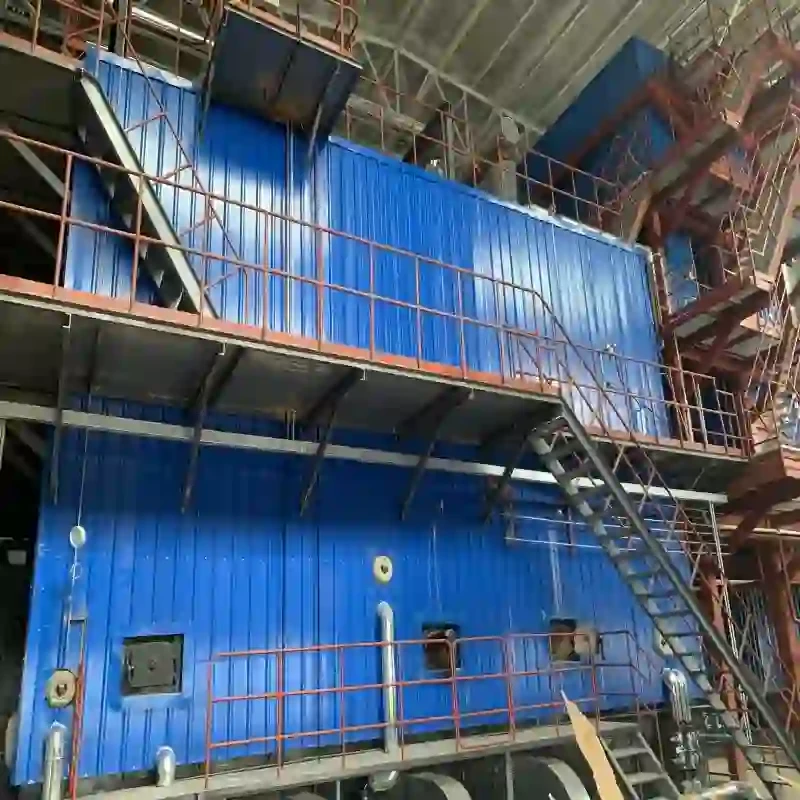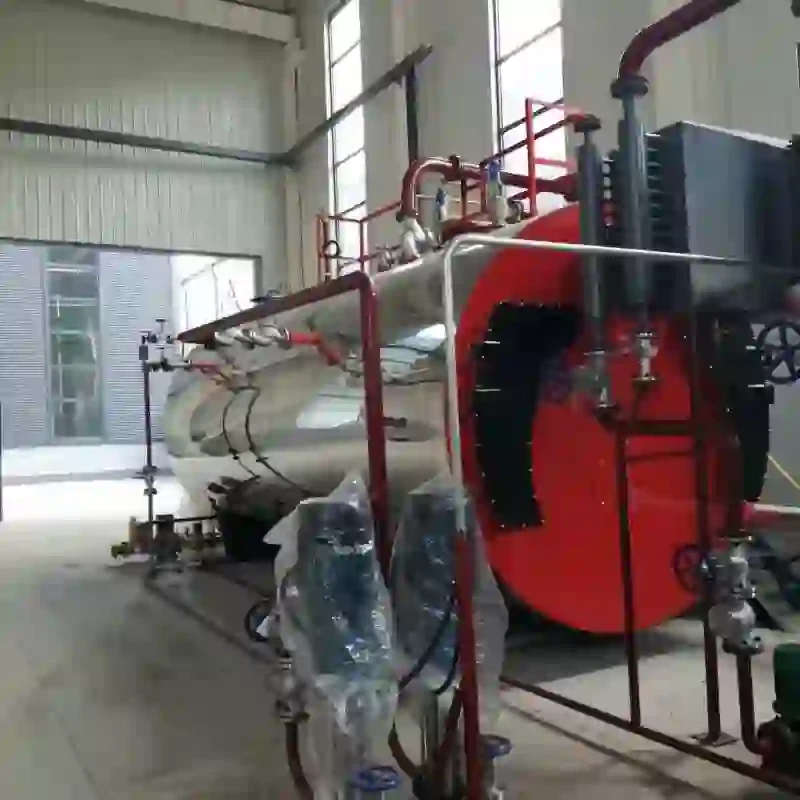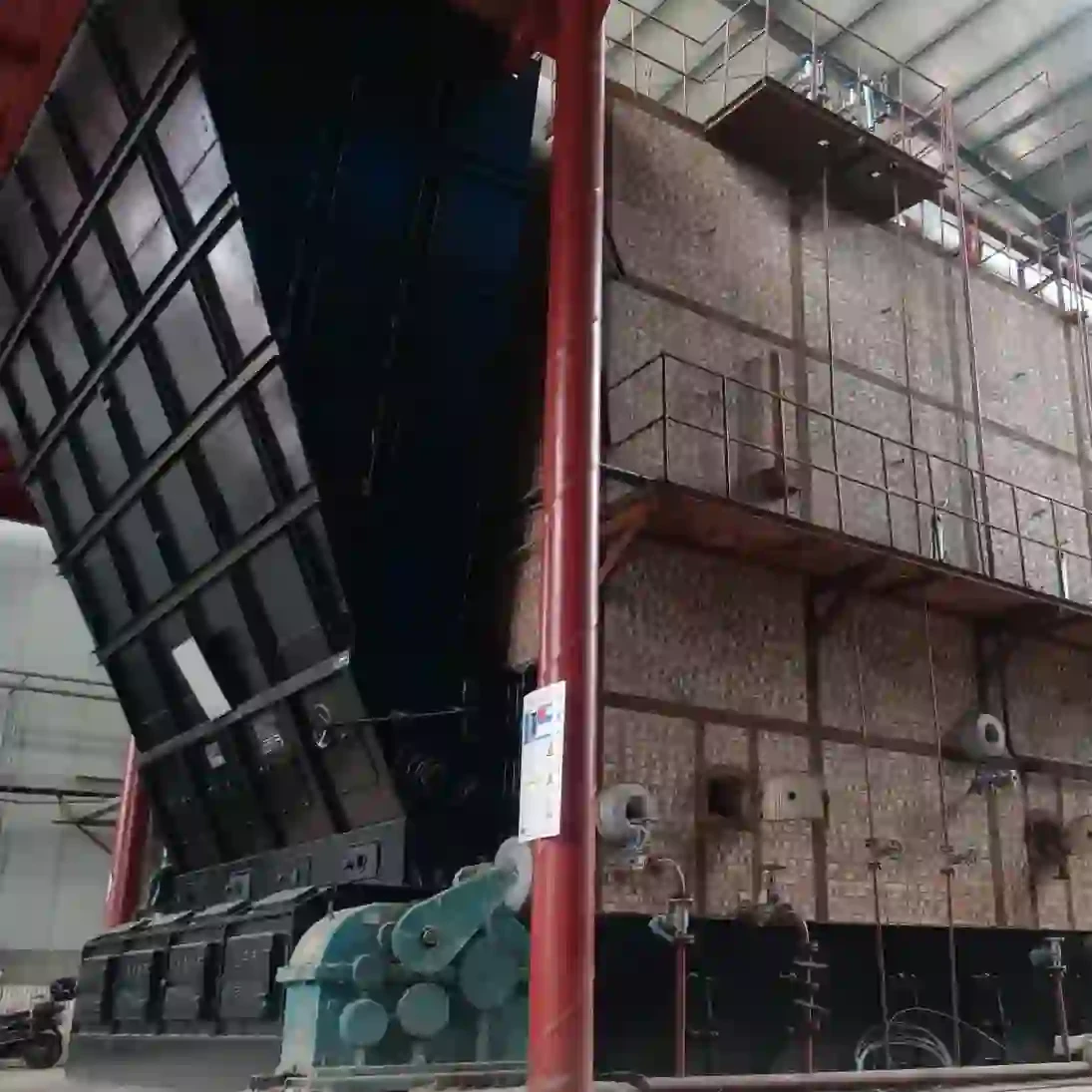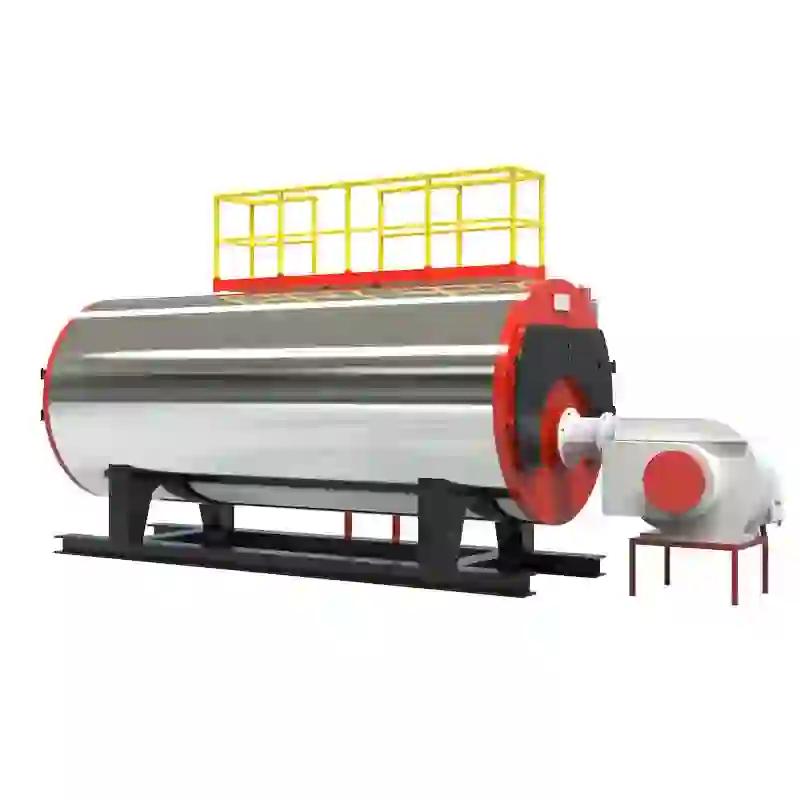
Jul . 08, 2025 05:40 Back to list
Steam Boiler Thermostat - Precise Control & Energy Saving Solutions
- Introduction to Steam Boiler Thermostat: Fundamental Concepts and Current Trends
- Key Technical Advantages of Modern Steam Boiler Thermostats
- Steam Boiler vs. Steam Generator: Data-Driven Comparison
- Major Manufacturers: Product Feature Comparison
- Customized Thermostat Solutions for Steam Boilers
- Real-World Application Cases: Operational Impact and Results
- Conclusion: The Strategic Value of an Advanced Steam Boiler Thermostat

(steam boiler thermostat)
Introduction to Steam Boiler Thermostat: Shaping the Future of Industrial Efficiency
The steam boiler thermostat
has become a cornerstone of efficiency in a wide range of industries, including manufacturing, food processing, pharmaceutical, and energy sectors. As the global market for steam boiler equipment crossed $54 billion in 2023 (Statista), innovations in thermostat technology have directly impacted both cost control and safety across operations. A thermostat’s role is to maintain optimal temperature and pressure in a boiler’s steam chamber using precise sensing and digital controls—an evolution from manual regulation that historically accounted for up to 30% energy inefficiency in traditional steam systems.
With growing regulatory demands for sustainability and emission control, thermostats are tasked with maximizing heat utilization while minimizing fuel wastage. In parallel, the emergence of IIoT (Industrial Internet of Things) enabled thermostats is setting new standards for automation, predictive maintenance, and remote diagnostics. In this article, we delve deeply into how a robust steam boiler thermostat not only ensures operational continuity but also delivers measurable economic value and technological advancement.
Technical Advantages That Set Modern Thermostats Apart
Today’s digital and smart thermostats are redefining control precision. Recent industrial surveys indicate that the adoption of advanced thermostats reduces fuel consumption by 7-15% on average, while lowering greenhouse gas emissions by up to 12%. The most critical technical benefits include:
- High-Resolution Sensing: Digital sensors with a sensitivity window of 0.1°C provide far tighter temperature control versus the ±2°C fluctuation typical of older analog devices.
- Integrated Safety Protocols: Overpressure and overtemperature protection circuits instantaneously shut off heat sources when thresholds are breached, a factor that has cut workplace incidents in certified plants by 35% (National Board of Boiler Inspectors report).
- Programmability and Connectivity: PLC and SCADA integration allows for not only programmable schedules and ramping but cloud-based monitoring and adaptive setpoint adjustments based on load predictions.
- Longer Operational Lifecycle: Modern industrial thermostats have demonstrated mean time between failure (MTBF) figures as high as 120,000 operating hours—double the lifespan of earlier models.
Steam Boiler vs. Steam Generator—A Comparative Data Matrix
Understanding the clear distinctions between a boiler steam boiler and a steam generator is essential when specifying thermostat solutions. While both technologies produce steam, their operational frameworks and scalability differ remarkably. The following table provides a comparative overview:
| Feature | Steam Boiler | Steam Generator |
|---|---|---|
| Typical Pressure Range | 12–300 Bar | Up to 30 Bar |
| Steam Output Rate | Up to 500,000 kg/h | Max 10,000 kg/h |
| Response Time | 10-30 min (startup) | 3-5 min (startup) |
| Application Scale | Medium to Large Industrial | Laboratory, Small-scale Industrial |
| Thermostat Requirement | High-precision, Redundant Safety | Rapid Response, Basic Safety |
| Cost Range | $100,000–$2 Million | $10,000–$80,000 |
This matrix highlights why steam boiler thermostats must adapt to broader and more rigorous operational demands compared to those used with generators, especially in facilities where 24/7 steam production is mission-critical.
Manufacturer Feature Analysis: Who Leads the Steam Boiler Thermostat Market?
Selecting the right thermostat manufacturer requires a keen understanding of the competitive landscape. Industry leaders have set benchmarks in digital controls, fail-safe design, and value-added services. This feature comparison provides quantifiable differences among top providers:
| Brand | Sensor Precision (°C) | Network Integration | Compliance | Warranty (years) | Unique Feature |
|---|---|---|---|---|---|
| Honeywell | 0.1 | MODBUS, BACnet | ASME, CE | 5 | Auto-Diagnostics |
| Siemens | 0.2 | PROFIBUS, Ethernet/IP | ISO 9001, EN 12952 | 4 | Predictive Maintenance Alerts |
| Crescent | 0.5 | Wi-Fi, MQTT | IEC 61508 | 2 | Cloud Remote Monitoring |
| Danfoss | 0.2 | LOOP, CANbus | CSA, CE | 3 | Redundant Circuitry |
Honeywell and Siemens lead in both integration capabilities and advanced safety features. Buyers are increasingly ranking predictive maintenance analytics as a deciding factor in the procurement process, followed closely by real-time remote management functionalities.
Customized Steam Boiler Thermostat Solutions: Maximizing ROI
Off-the-shelf thermostats may not always meet stringent industrial requirements, especially where operational variability or extreme environmental factors are involved. Customization allows integration of unique sensor arrays (redundant RTDs, thermocouples), explosion-proof housings, or proprietary communication protocols. In pharmaceutical steam systems, for example, customized PID (Proportional-Integral-Derivative) loop thermostats have proven to reduce process deviation by 45% compared to generic models.
Solutions may also involve enhanced cybersecurity, load-adaptive control algorithms tailored to specific thermal inertia profiles, or compact footprint options for retrofits. Turnaround time for bespoke thermostat engineering ranges from 6-14 weeks, with average ROI achievement documented within 18 months, as reported by a global survey of steam boiler operators in 2023. These deployments frequently result in breakthrough process efficiencies, regulatory compliance, and minimized product loss or downtime.
Application Examples: Steam Boiler Thermostat Impact in Practice
Case studies provide powerful testimony to the transformative impact of advanced thermostat integration. In a 2022 deployment within a 24/7 textile manufacturing plant, the installation of a networked, cloud-monitored thermostat yielded a 13% reduction in annual natural gas consumption—equating to $412,000 in year-on-year savings. Process stability improved as temperature variance at the header dropped from ±3°C to ±0.5°C.
In pharmaceutical clean steam systems, enhanced thermostats contributed to a 28% drop in the number of batch failures caused by temperature excursions. Meanwhile, a leading food processing conglomerate reported improved product consistency and a 21% boost in system uptime after implementing IIoT-ready thermostatic controls. These results reinforce the premise that technological investments deliver both immediate and cumulative returns.
Conclusion: The Strategic Value of an Advanced Steam Boiler Thermostat
In summary, the modern steam boiler thermostat is integral not only to operational safety but also to strategic decision-making in industrial facilities. Through data-driven design and manufacturer innovation, these devices offer unmatched energy efficiency and regulation compliance, while tailored solutions ensure system compatibility at any scale. Market data consistently highlights that investments in premium thermostatic technology achieve rapid payback through lower fuel consumption, reduced unplanned downtime, and longer asset lifecycle.
Recognizing the nuanced needs across industries—from batch process pharmaceuticals to continuous process manufacturing—demands careful thermostat selection, robust customization, and ongoing performance monitoring. The steam boiler thermostat stands as a proven lever for achieving both economic sustainability and operational excellence amidst ever-tightening engineering and environmental requirements.

(steam boiler thermostat)
FAQS on steam boiler thermostat
Q: What is a steam boiler thermostat?
A: A steam boiler thermostat is a device that regulates the temperature within a steam boiler system. It ensures the boiler maintains the desired temperature for efficient steam production. This helps optimize energy use and maintain safe operating conditions.Q: How does a steam boiler thermostat work?
A: The thermostat monitors the steam boiler temperature and signals the boiler to turn on or off accordingly. It responds to preset temperature thresholds. This maintains consistent heat and prevents overheating or underheating.Q: What is the difference between a steam boiler and a steam generator?
A: A steam boiler produces steam through boiling water in a closed vessel, typically for larger-scale applications. A steam generator is generally smaller and produces steam on demand for portable or specific uses. Both use thermostats to control temperature and steam output.Q: Can a steam boiler thermostat be replaced if it malfunctions?
A: Yes, a steam boiler thermostat can be replaced if it becomes faulty. It's important to use a compatible model and follow manufacturer guidelines. Professional installation is recommended for safety and proper operation.Q: How does a thermostat improve the efficiency of a boiler steam boiler system?
A: The thermostat prevents unnecessary operation by turning the boiler on and off based on temperature needs. This saves energy, reduces wear, and extends equipment lifespan. Efficient temperature control also ensures optimal steam production for your application.-
Comprehensive Guide to Steam Boiler Installation Diagram – Global Best Practices and Future Trends
NewsNov.24,2025
-
A Practical Guide to the Selection of Steam Boiler for Industrial Efficiency
NewsNov.23,2025
-
Comprehensive Guide to Steam Boiler PDF Manuals and Their Global Impact
NewsNov.22,2025
-
Discover How Steam Boiler Videos Improve Industrial Training & Safety
NewsNov.22,2025
-
Comprehensive Guide to Wood Fired Steam Boiler Design – Efficiency, Applications, and Innovations
NewsNov.21,2025
-
Comprehensive Guide to Steam Boiler Working – Efficiency & Applications
NewsNov.20,2025
Related PRODUCTS






